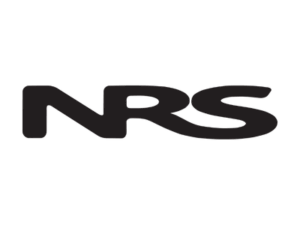After more than three decades of camping, I finally made the leap from being a die-hard tent camper to trying hammock camping. Until that point, the idea of ditching my tent for a hammock never really crossed my mind. Why would I give up something so reliable and comfortable for what seemed like a less comfortable option? But after years of hearing friends rave about hammocks, I decided it was time to give it a shot—and I’m glad I did.
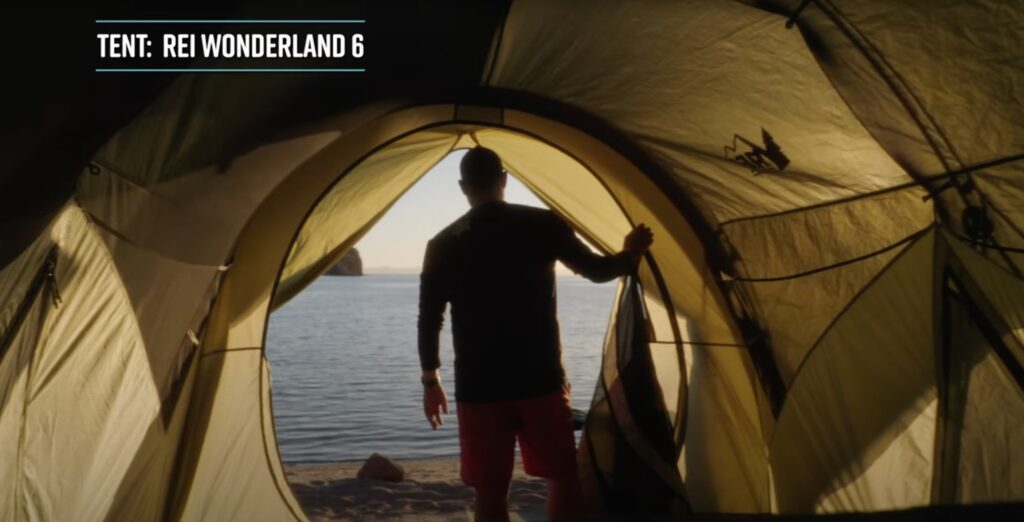
My Hammock Experience
A couple of years ago, I went on a multi-day river trip who used hammocks, and who couldn't believe I hadn't tried one. The following year, I did another river trip with a different friend who used a hammock, and sung their praise. Although I was skeptical, especially since decades of kayaking had taken their toll on my lower back, I headed out on a short kayak camping trip with a hammock in my boat instead of a tent, and with an acceptance of the fact that I was probably going to have a miserable night's sleep. Much to my surprise, I had one of the better night’s sleep that I’ve ever had camping, and learned some valuable lessons about hammocks (and tents) in the process. Here's what I can share with you:
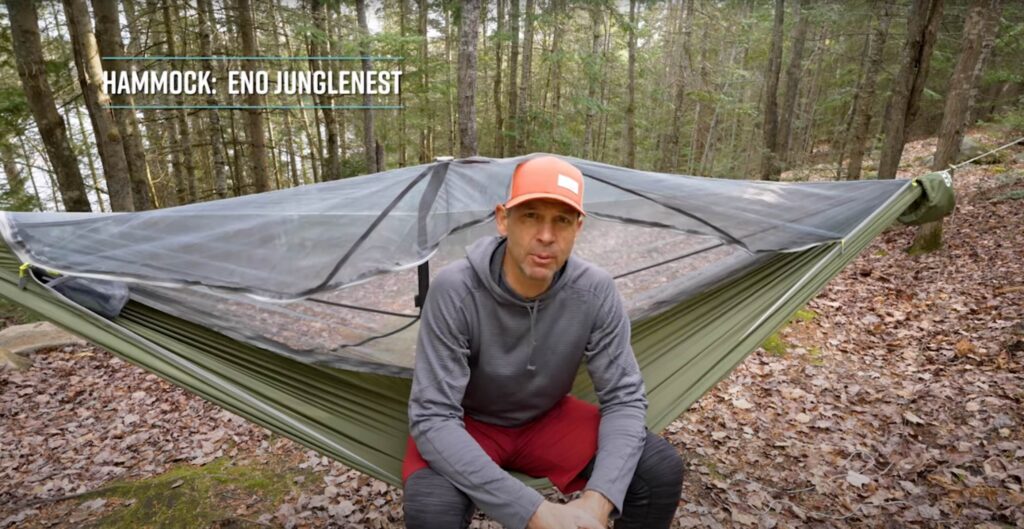
The Benefits of a Tent
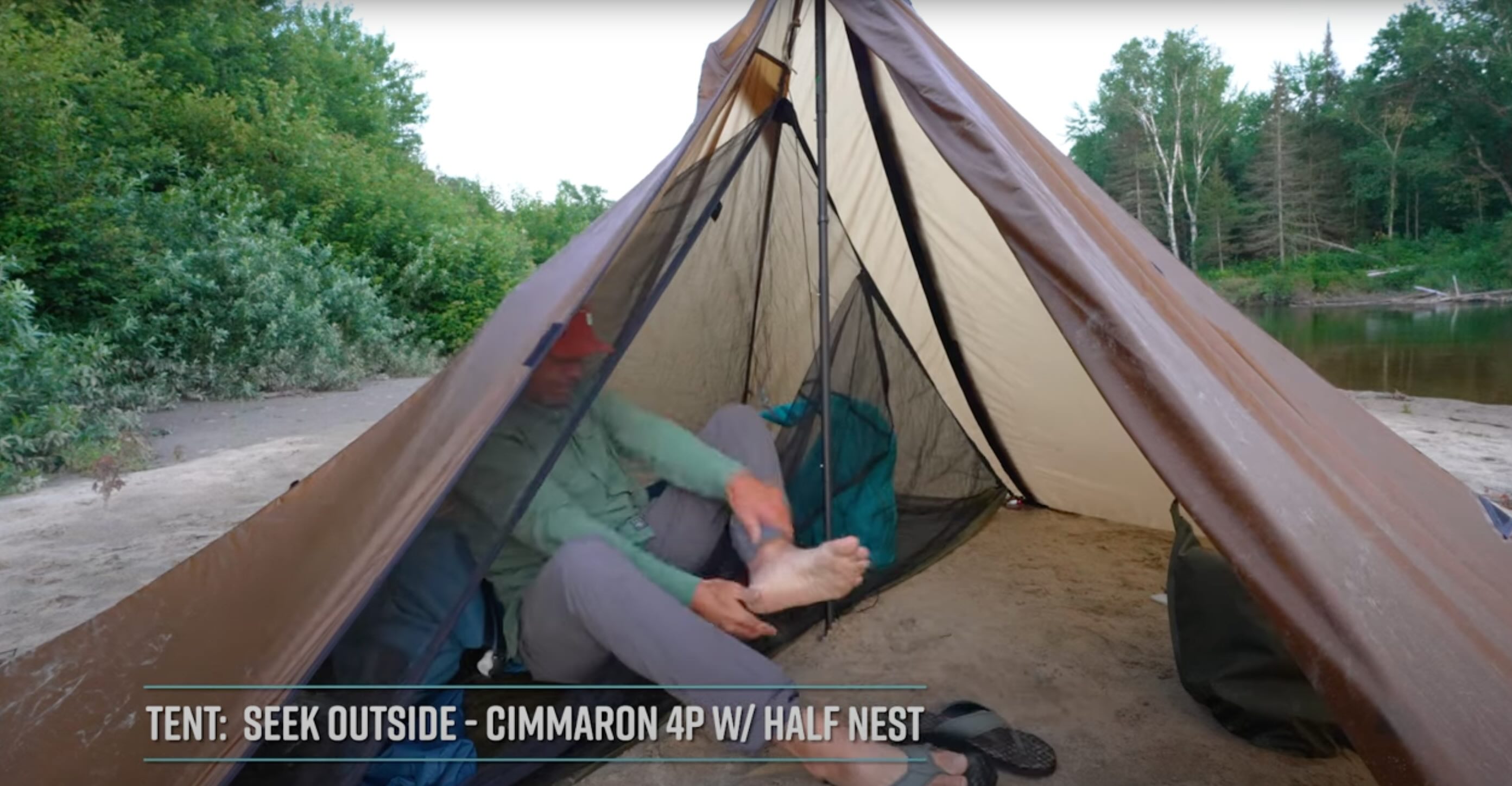
There are a number of benefits to tent camping. Some of the most notable benefits are that they come in wide variety of sizes to accommodate solo campers, or entire families/groups, and they offer more versatile space to stretch out and store gear. This roominess is also a real benefit if you're stuck at camp, and dealing with rain or bugs. The tent becomes a refuge—a place where you and others can relax comfortably – maybe even play a game of cards.
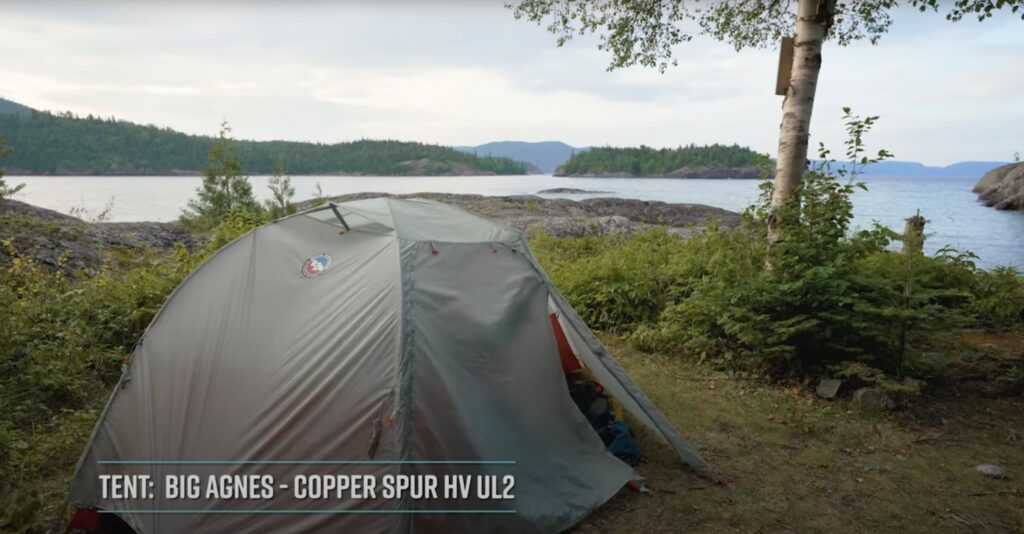
Tents are also versatile. You can pitch them pretty much anywhere as long as the ground is reasonably flat. This makes them a solid choice for all kinds of terrain, from mountain tops to beaches, and river banks.
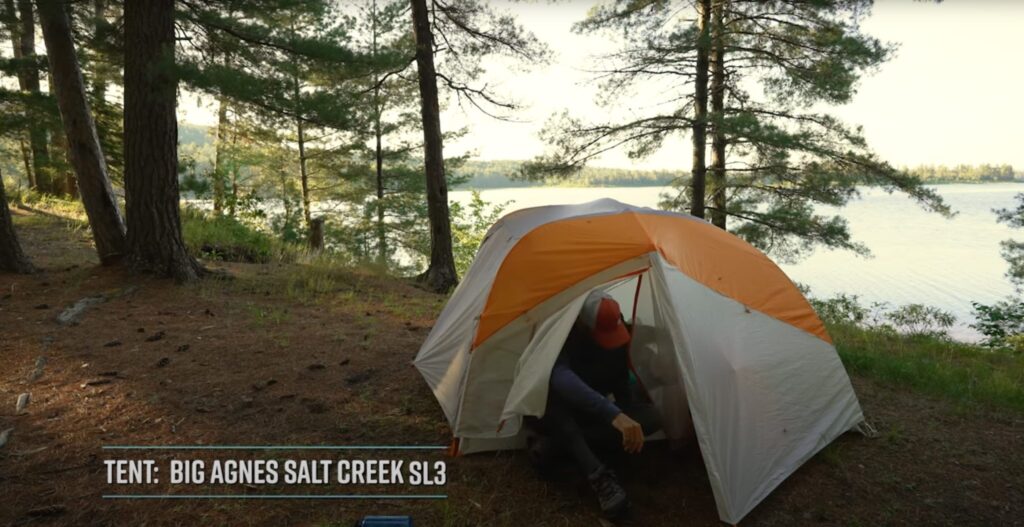
The Benefits of a Hammock
Before doing a real hammock camping trip, I would have struggled to identify any significant benefits of the hammock. But I quickly learned that there were many. Being elevated off the ground has a number of benefits. For one, you don't need to worry about waking up in a pool of water, as you do with a tent. They’re also incredibly easy to get in and out of. This means no more crawling around on your hands and knees. You simply sit down into the hammock, and when it's time to get out, you swing your legs out and stand up. Hammocks are also more convenient when kayak camping, because the hammock packs into a number of very small bags, which fit inside a kayak very well.
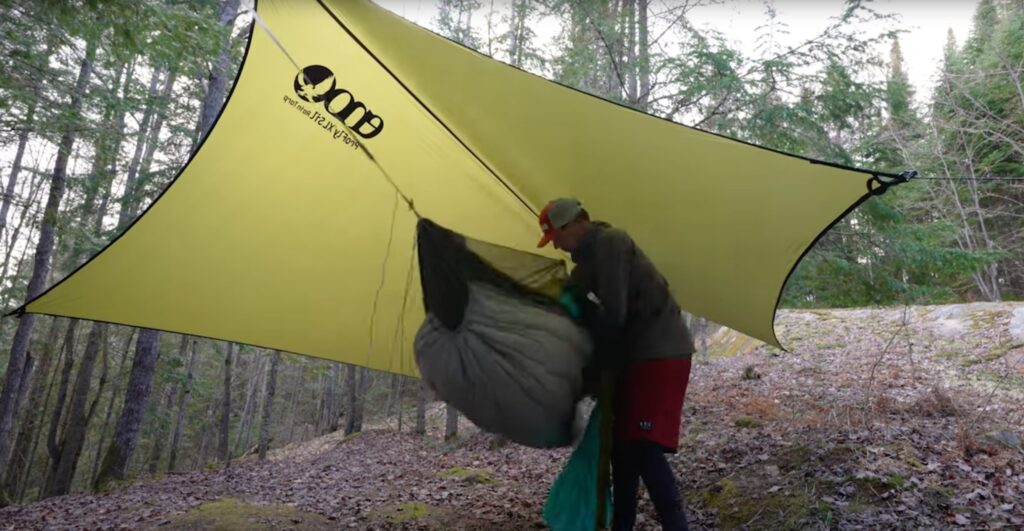
When it comes to sleep quality, I was pleasantly surprised. I have some lower back issues, and I wasn’t sure how a hammock would feel over the course of a full night out. It turns out that they can be very comfortable! Fortunately, I did some research before my first night out in a hammock, and learned that using a sleeping pad and/or underquilt goes a long way to keeping you warm on cooler nights, as it provides insulation underneath your body, where your sleeping bag doesn't help.
Hammock vs Tent: A Quick Breakdown
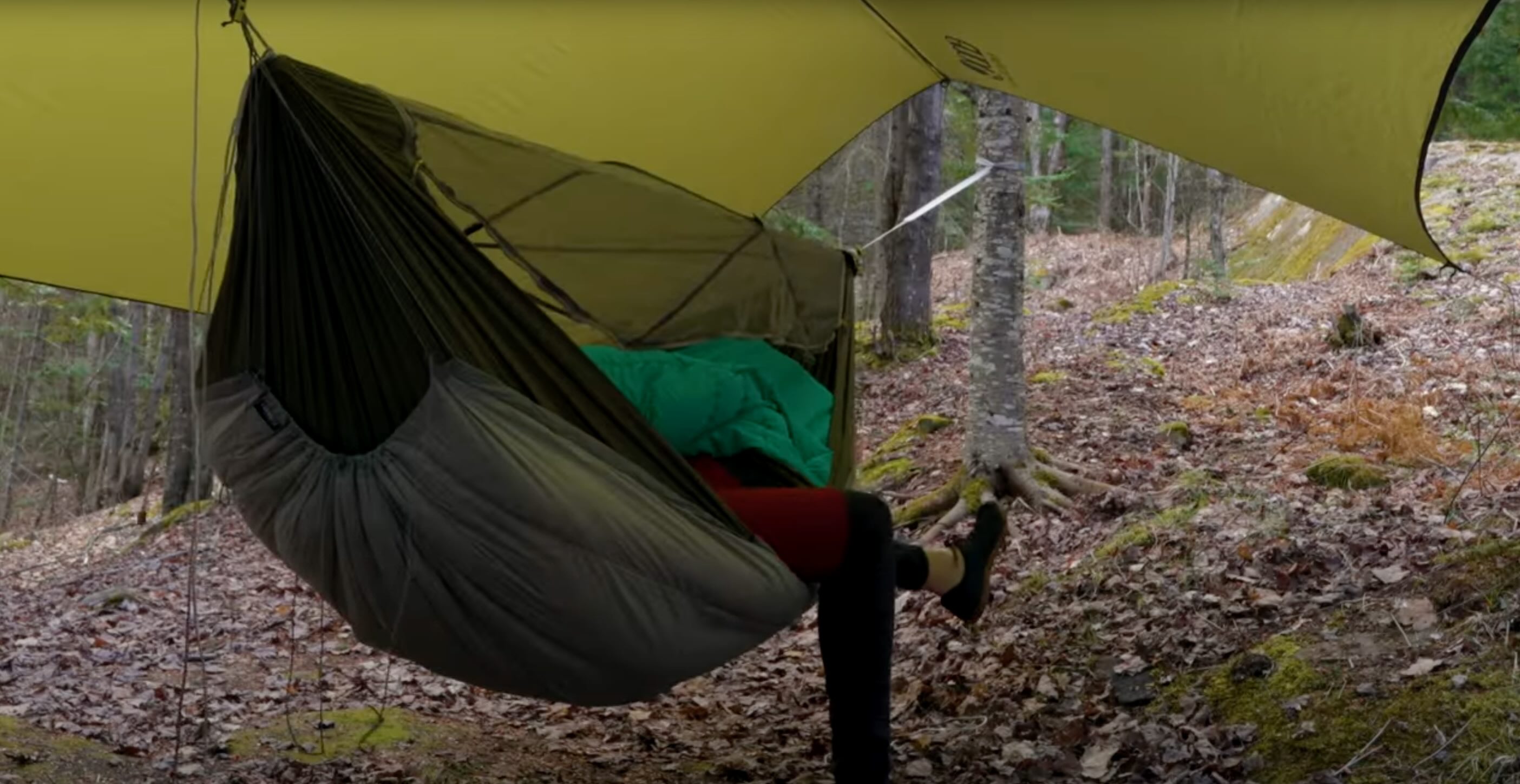
- Comfort: Both can be comfortable if set up correctly. With a tent, you’ll want to find the flattest possible ground, making sure your head is higher than your feet if a perfectly flat surface isn't available. With a hammock, the key is tension—make sure it’s not too loose, and use a sleeping pad in the hammock for comfort and insulation. If it's a particularly cold trip, consider an underquilt.
- Sleep Quality: When set up properly, both a tent and hammock can provide a great nights sleep, if you have the appropriate accessories. For a tent, this means not skimping on the sleeping pad you use. I highly recommend a sleeping pad that inflates to 3-4″, and a camp pillow, if getting a good night sleep is a priority for you. For a hammock, this means using a sleeping pad or underquilt to insulate you from below, and having an integrated bug net if needed. This is why I was using the ENO JungleNest Hammock.
- Setup: Tents require flat ground, while hammocks need two trees spaced just right. Both are easy enough to set up once you get the hang of it, but if it’s raining, setting up a tarp first can make the process a lot easier for both options.
- Weather and Bugs: A tent offers more space to escape bugs and bad weather. But with the right bug net and tarp setup, a hammock can be just as effective, though less comfortable for lounging in during long rainy spells.
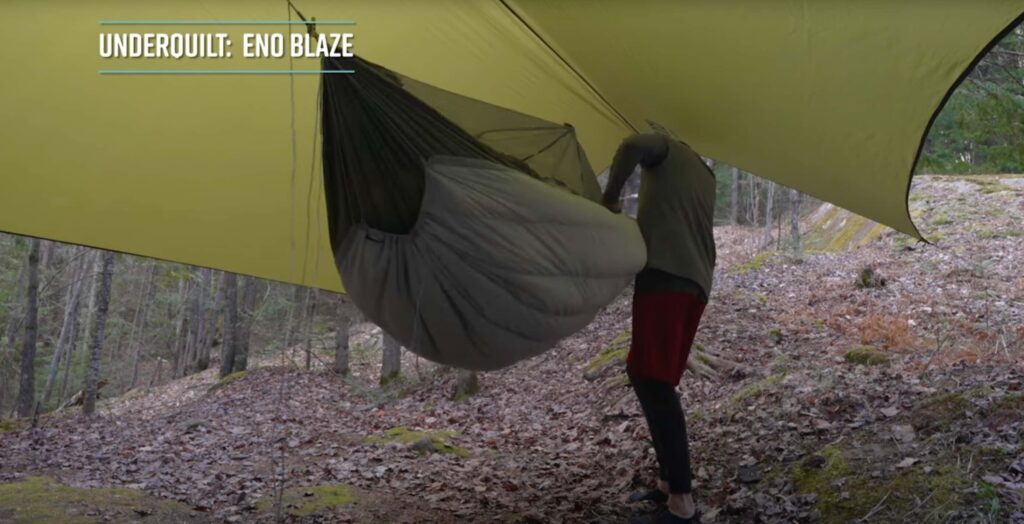
When to Choose a Hammock vs Tent
For me, the decision now comes down to the trip itself. If I know the area well and am confident that there will be plenty of trees to hang a hammock, I’ll likely bring a hammock—it's cozy, it's easy to set up, and it's nice to avoid the hands-and-knees scramble of tent camping.
On the other hand, if I'm not confident that there will be appropriate trees for hanging the hammock, or if I’m heading into a bug-heavy area where the weather could trap me in camp, I will bring a tent so that I have more space and protection to hang out.
Whichever you choose, it’s all about enjoying the great outdoors and making the most of your camping experience. That being said, trying new things adds a layer of adventure to your trips, and so if you haven't already done so, give hammock camping a shot—you might just discover your new favorite way to sleep under the stars.
Stay tuned for more gear reviews, tips, and Backcountry adventures!







